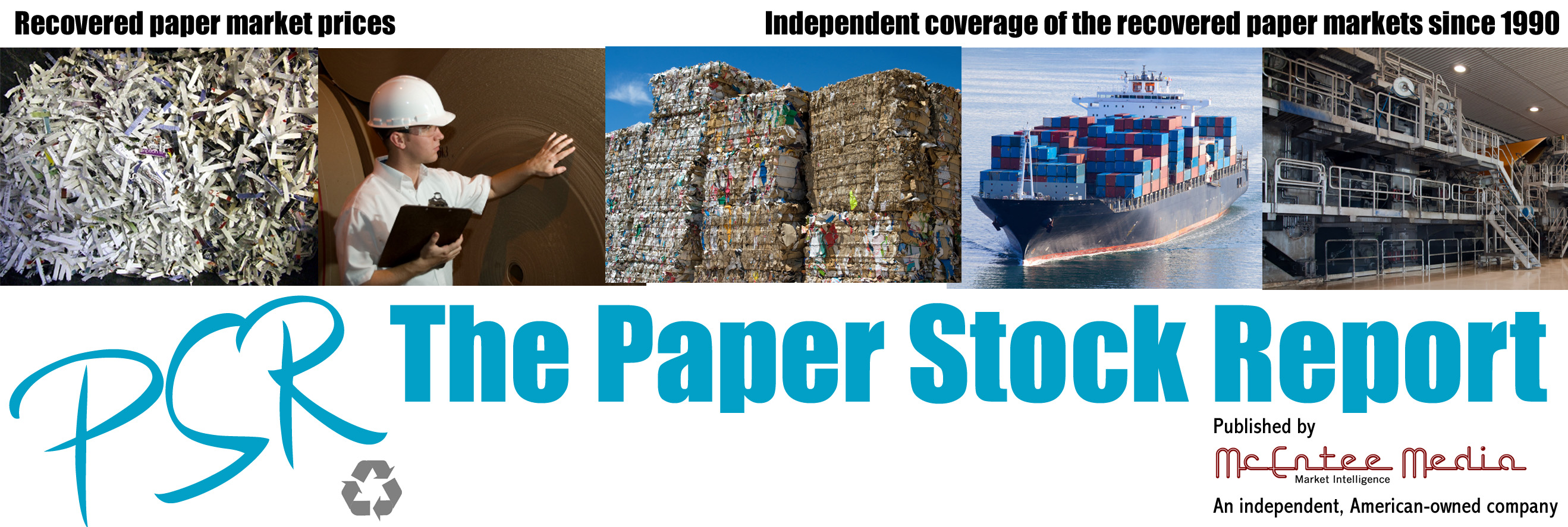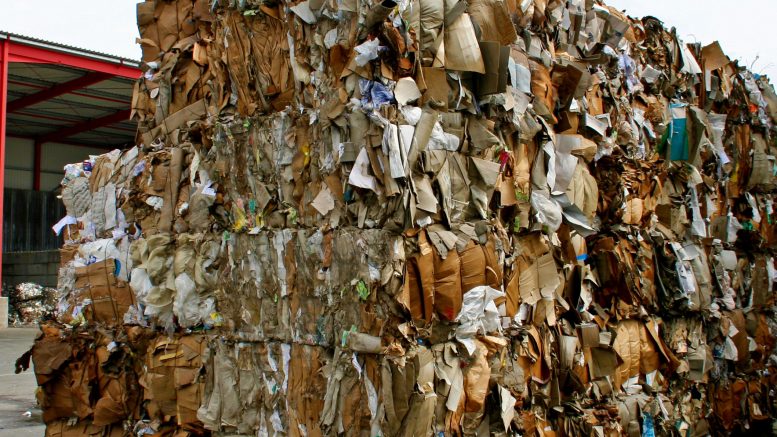The American Forest & Paper Association (AF&PA) today announced that a record 68.1 percent of paper consumed in the U.S. was recovered for recycling in 2018. That rate was up from 65.9 percent in 2017, according to AF&PA data. The increase was mainly driven by a 2.7 percent increase in domestic mill consumption of recovered paper and 4.2 percent increase in recovered paper exports, AF&PA said.
However, AF&PA’s recovered paper statistic is based on the amount of paper used by domestic paper mills, plus the amount of paper exported. The number doesn’t consider paper that is collected, but not recycled.
AF&PA said the recovered paper market rebounded after China’s import restrictions on recovered products caused the rate to dip in 2017. The recovery rate reported by AF&PA in 2017 was a record 67.2 percent.
“U.S. paper recovery for recycling is successful because it is voluntary and market driven,” said Donna Harman, AF&PA president and CEO. “Industry and consumer commitment to increasing the quantity and quality of paper recovered for recycling contributed to this record-high rate.”
Pete Watson, AF&PA chairman, and president and CEO of Greif Inc., said, “Markets for recovered paper are complex, efficient and extremely resilient and our industry is increasing the use of recovered paper to make new products. The U.S. paper recovery for recycling rate has now met or exceeded 63 percent for the past decade. We thank everyone who makes the effort to recycle paper for contributing to this success.”
AF&PA said paper recovery for recycling helps extend the useful life of paper and paper-based packaging products, making it an integral part of the industry’s sustainability story. As part of its Better Practices, Better Planet 2020 sustainability initiative, the industry aims to exceed 70 percent paper recovery for recycling by 2020.
Here are some addition information about the 2018 paper recycling rate from AF&PA:
- The paper recovery rate measured 33.5 percent back in 1990, which was the base year against which AF&PA began setting its recovery goals.
- The amount of paper going to landfills is estimated to have declined significantly over the past 10 years, from about 33 million tons in 2008 to about 21.3 million tons in 2018. The decline was partly attributable to a rise in the paper recovery rate. In addition to recycling, some paper is diverted from landfills because it is disposed of in other ways such as via incineration with energy recovery or, in the case of bathroom tissue, via the sewer system.
- Data for the year 2018 indicate that 36.2 percent of the paper and paperboard recovered in the U.S. went to produce containerboard and 11.5 percent went to produce boxboard.
- Notwithstanding China’s policies to limit imports of mixed recovered paper, total net exports of recovered paper to China and other nations accounted for 38.3 percent of the paper collected for recycling in the U.S. in 2017, up from 37.7 percent in 2017.
- Most recent data (2015) published by the U.S. EPA indicates that paper and paperboard packaging accounts for more than three-quarters of packaging materials recovered for recycling in the U.S.
- After dipping from 92.8 percent in 2016 to 88.8 percent in 2017, the recovery rate for OCC/Unbleached Kraft papers rebounded to 96.4 percent in 2018. The sharp advance was fueled by a nearly 30 percent surge in net exports of OCC. Domestic mill consumption of OCC increased 2.8 percent in 2018.
- Given the recent volatility in OCC markets, it is instructive to consider that the three-year average recovery rate for OCC (2016-18) works out to 92.7 percent.
- In addition, a record trade deficit in consumer and industrial goods in 2018 increased the amount of corrugated packaging available for recovery in the U.S. Because there is no reliable data on the amount of such corrugated packaging that enters the U.S., it is not factored into the OCC recovery rate calculation. If it were, the OCC recovery rate would be several points lower than 96.4 percent.
- Total recovery of newsprint and mechanical papers (newsprint, uncoated mechanical papers and coated newspaper inserts) declined by 21 percent in 2018, pulling the recovery rate down from 77.3 percent in 2017 to 66.2 percent in 2018. The sharp reduction in the recovery of these grades was mainly due to a 30.1 percent drop in net exports. The consumption of ONP at domestic mills was down by only 3.3 percent in 2018.

